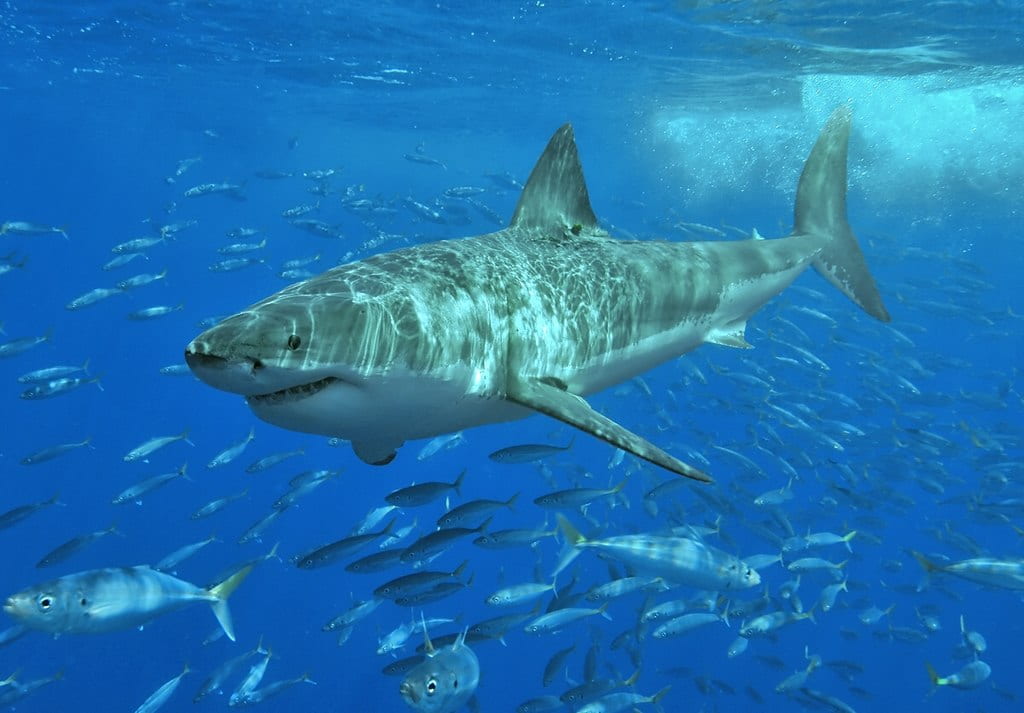February 28, 2019
Gavin Naylor
The headlines are eye-catching: Scientists have sequenced the genome of white sharks. Or the bamboo lemur, or the golden eagle. But why spend so much time and money figuring out the DNA makeup of different species?
I am an evolutionary biologist at the Florida Program for Shark Research. Our research focuses on understanding how modern sharks and rays diversified over the course of their evolution to colonize the habitats they occupy today.
Rough screening of whole genomes is useful to help identify genetic markers (sequences of genes) to better understand population-level processes. But the real and enduring value of whole genome sequencing is only realized when a lot of accurate, high-resolution genomes are amassed that can be compared with one another. This type of work is just getting started.


